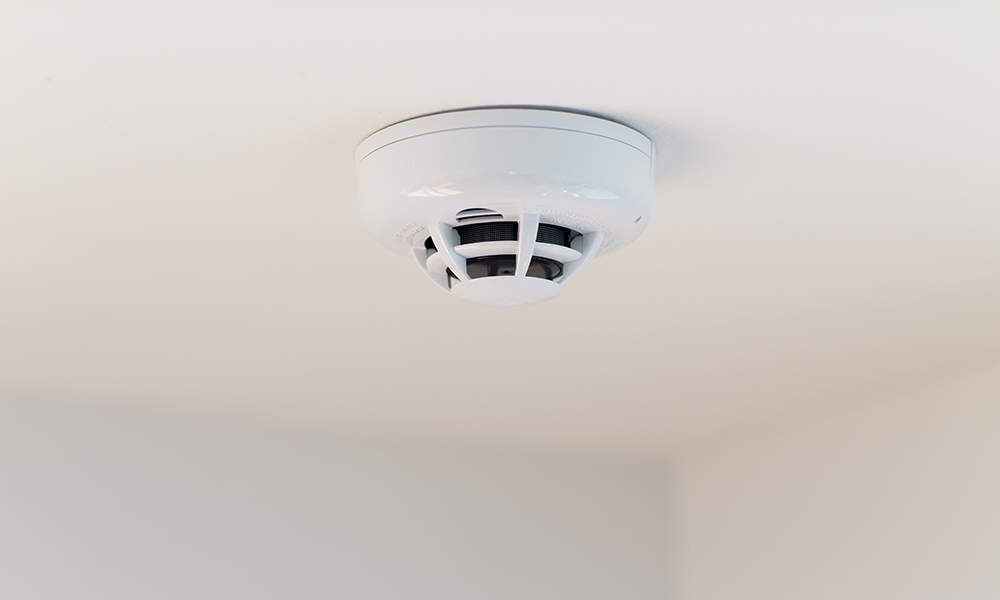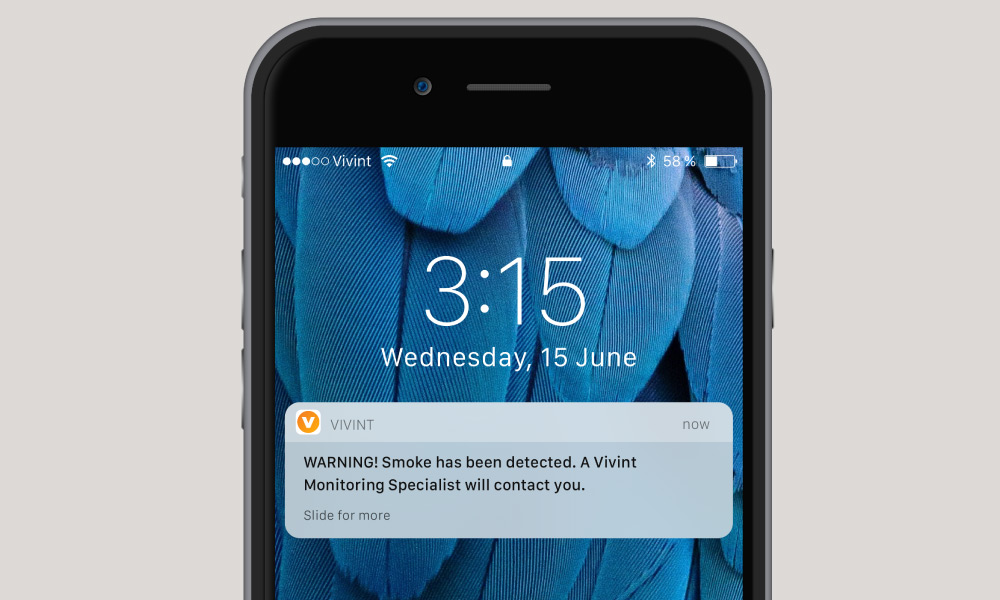4. Test device batteries regularly
As with all battery powered electronic devices, the batteries in smoke alarms will die after prolonged use. Although some batteries claim to be long-lived, most must be changed every year or two to ensure adequate protection and prevent nuisance alarms. A fire alarm without working backup batteries will not function properly in case of a fire, leaving you and your family vulnerable when you need help most.
Similar to a smoke alarm, the battery in a carbon monoxide sensor needs to be periodically changed.
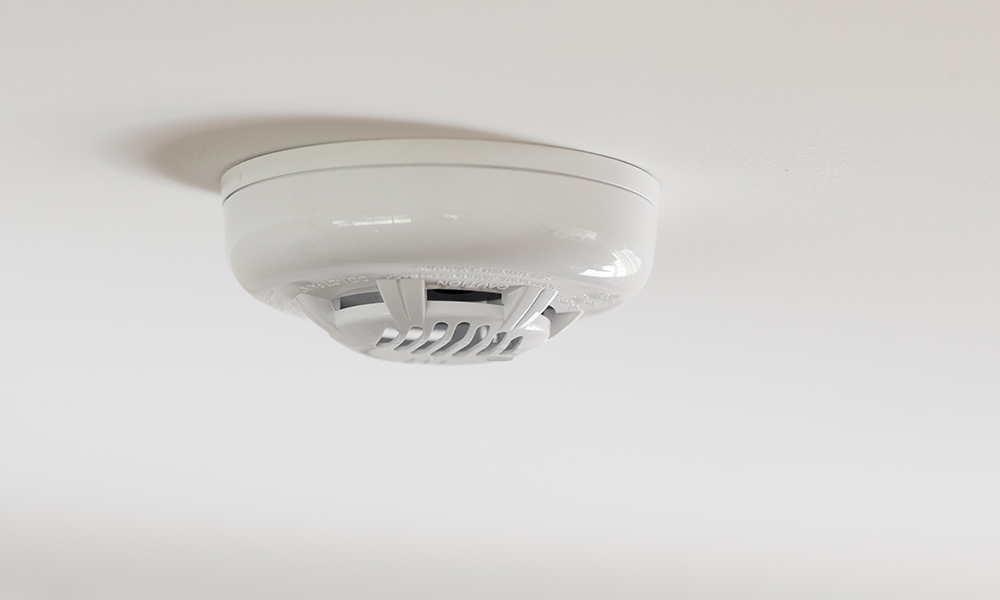
5. Ensure your devices are connected to a central monitoring station
Many people who install security systems don’t bother to swap out smoke detectors. Although retail smoke alarms will announce the presence of smoke appropriately, they will not notify emergency personnel or send you alerts in case of a fire. A Vivint smoke detector is connected to our alarm monitoring which notifies emergency services as soon as signs of fire are detected, ensuring you get help as soon as you need it.
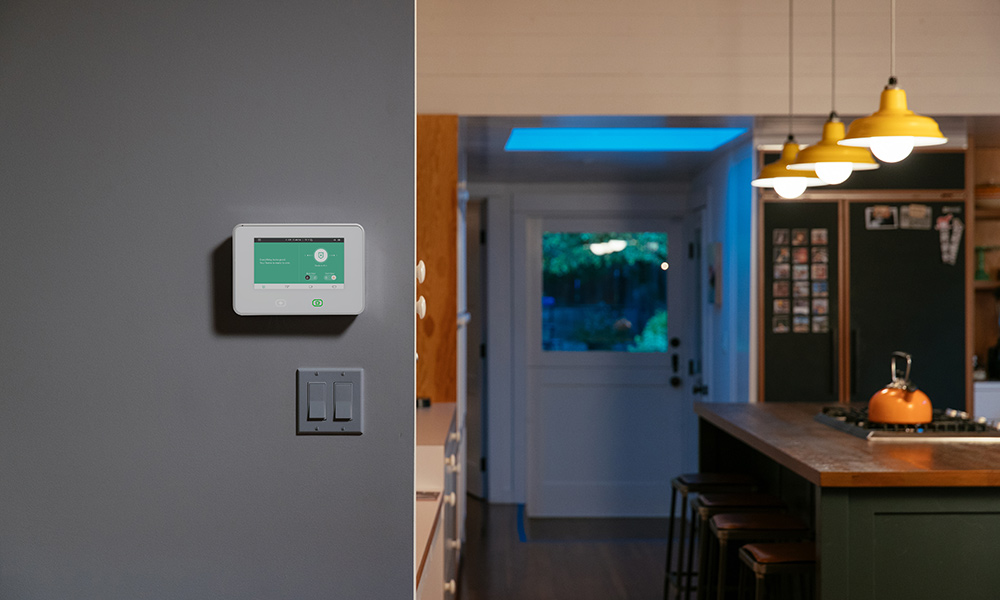
If you already have hardwired smoke detectors installed, you can install a Vivint FireFighter device, which is a battery operated sensor that is placed within six inches of an existing smoke alarm and listens for the alarm to sound. If a smoke alarm goes off, the FireFighter sensor notifies the Vivint Smart Hub which sends a notification to your phone and alerts emergency services.
While you're probably familiar with what a smoke detector looks like, you may be less familiar with how it works. There are two common types of smoke detectors: photoelectric smoke alarms and ionization smoke alarms.
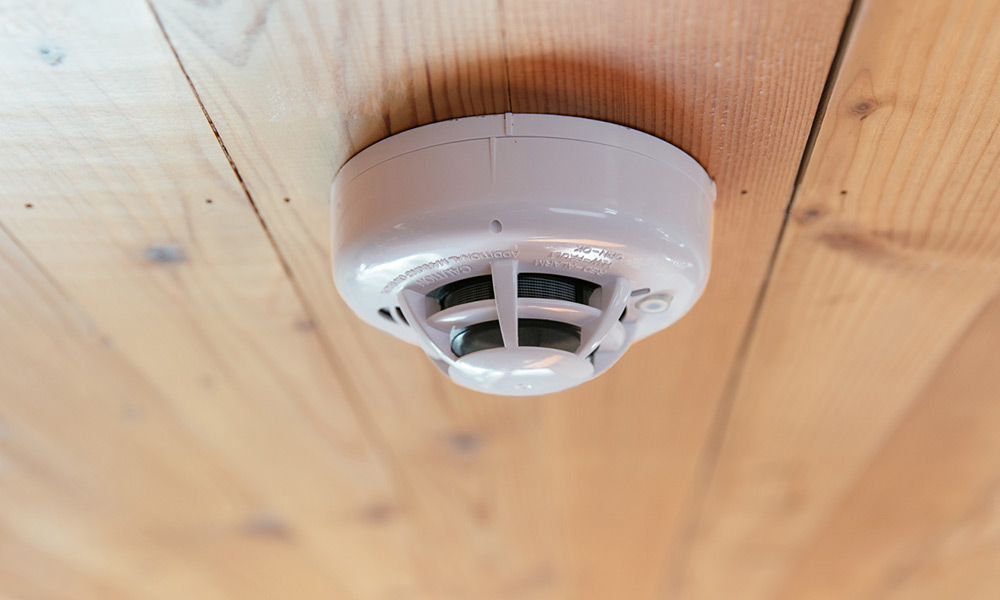
Photoelectric smoke detectors vs. ionization smoke detectors
Inside a photoelectric smoke detector, light is shined across a container and avoids a sensor. When smoke enters this container, the light hits the smoke and reflects light onto that sensor. When this happens, the alarm is triggered and the alarm sounds. The advantage of a photoelectric smoke alarm is it usually can detect a smoldering fire before it jumps to flames and gives you an early warning that something is wrong.
The other common type of smoke detector is an ionization smoke alarm. In these detectors, radioactive material is placed between electrically charged surfaces, which creates ionization and an electric current. As smoke particles enter the detector, it interferes with the current and triggers the alarm. Ionization smoke alarms are commonly found in kitchens because they respond well to flaming fires commonly caused by a cooking appliance or other fire starting appliances.
If you want to simplify things, you can also purchase dual sensor smoke detectors which give you the best features of ionization and photoelectric alarms.
Vivint smoke detectors
Vivint smoke detectors are battery operated and designed to detect both smoke and rapid changes in heat, giving you the best possible forewarning in case disaster strikes.
Frequently asked questions about smoke detectors
If you still have questions about smoke detectors, don’t worry. Here are answers to some of the most common questions about smoke detectors so you can be in the know when it comes to protecting your home.
Do smoke detectors have lights?
Some smoke detectors do have LED lights to indicate that they are on and working.
Are there special batteries for smoke detectors?
It depends on the smoke detector. 9v batteries were used in the past, but today it’s common for smoke detectors to run on AA or AAA batteries. The Vivint Smoke Detector uses 3 AAA batteries.
How often do you need to change batteries in smoke detectors?
The U.S. Fire Administration recommends changing the batteries at least one to two times per year. They also suggest testing your smoke detector at least once a month.
What are the best smoke detectors?
There are a number of smoke detectors on the market. The Vivint Smoke Detector is one of the best because it integrates with your Vivint system.
What is the purpose of smoke detectors?
Smoke detectors detect smoke and sound an alarm, often alerting homeowners of a dangerous home fire.
Get a Vivint smoke detector and system for the best protection
Your family deserves the best protection possible.
With Vivint protection, you can always be sure your home is in good hands.
